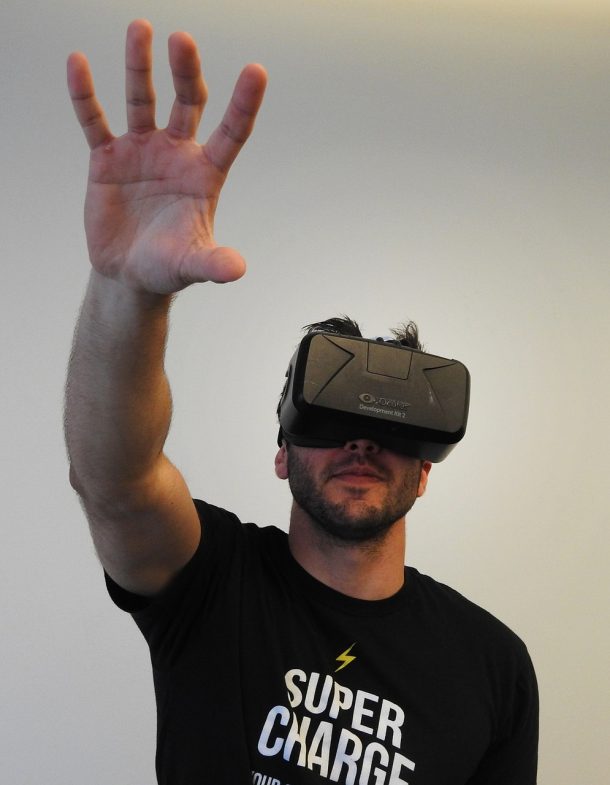One of the world’s problems now is that it has a lot of well-informed Earth citizens, but not everyone cares about it.
“In 2012, 27% of Americans describe themselves as “environmentally-conscious,” and 31% say they “care a great deal about the current state, and future, of the environment.” These percentages both represent a fall-off from 2009, when the numbers were 30% and 36%, respectively. In 2009, 43% of Americans said they were concerned about the planet they’re leaving behind for future generations. Today, though, fewer people are bothered by the idea that earth is going to hell in a handbasket: Just 34% are worried about the planet after they’re buried and gone.” – Brad Tuttle, Author of “Poll: Consumers Care Less About the Environment Now. Happy Earth Day!”, posted at TIME.com
Virtual Reality and Learning
There is great valuable information from the internet and the classroom. Unfortunately, students often lack the stimuli that would help digest all this information.
Stimulation helps process information that could move students into taking the proper action. VR, when adapted in learning, can help people learn faster and creatively through virtual experiences. As a disclaimer, VR is not meant to replace the traditional learning systems. The use of VR is a supplement to learning and education through simulation.
 As Jason Ganz, CEO of Agora VR, states in SingularityHUB:
As Jason Ganz, CEO of Agora VR, states in SingularityHUB:
“VR films and stories are shockingly effective at generating empathy and creating the impetus for action…This extension of human empathy can induce real policy and behavioral change by appealing to the emotions of people around the world.”
Here’s an exercise: Try to recount the last act of terrorism you’ve heard or read in the news. Now imagine learning about it in Virtual Reality.
Without being in the same exact situation, we can only empathize to a certain extent. We can only learn deeper as long as we have the patience to search information and study from sources available to us. Through simulations and experiencing real-life situations through VR, we’ll experience the same emotions and have a deeper understanding of people who are there. On the upside, we might actually be able to enjoy virtual tours without the miles.
“The implications of this are enormous. If we create VR experiences that properly show people the challenges and opportunities in the world, there is strong evidence to show that these experiences could be the best way to get them to take action”. – Jason Ganz, The Virtual Reality Renaissance: How Learning in VR Will Inspire Action Like Never Before
Right now, the world needs more people taking action. Positive change is possible with more people
united by real-life experiences and understanding – through virtual means and otherwise.
Read more at “The Virtual Reality Renaissance: How Learning in VR Will Inspire Action Like Never Before” by Jason Ganz.
 As Jason Ganz, CEO of Agora VR, states in SingularityHUB:
As Jason Ganz, CEO of Agora VR, states in SingularityHUB:

Recent Comments